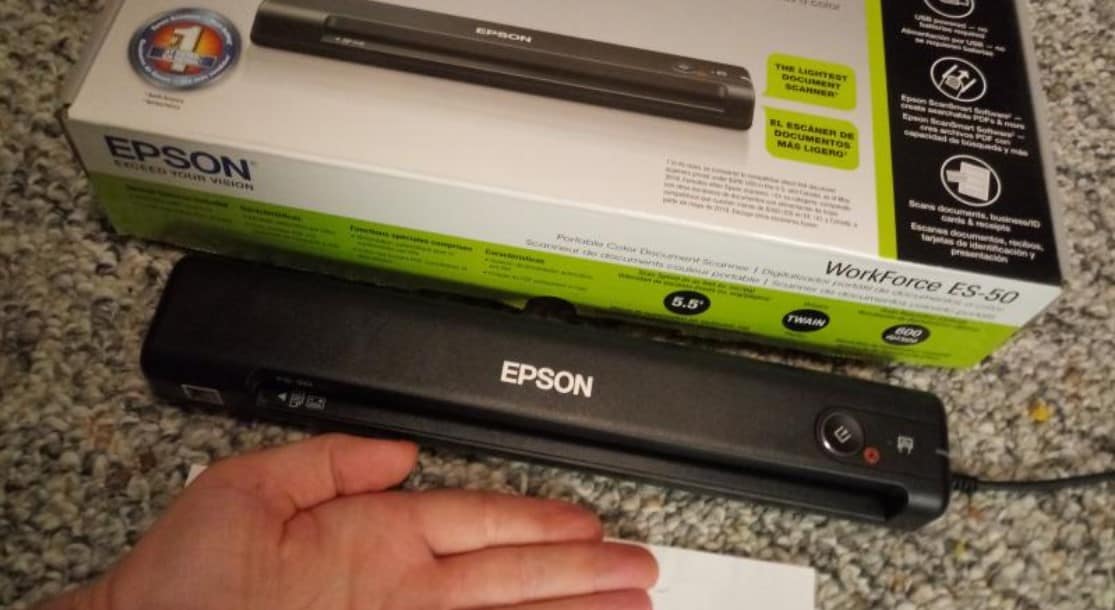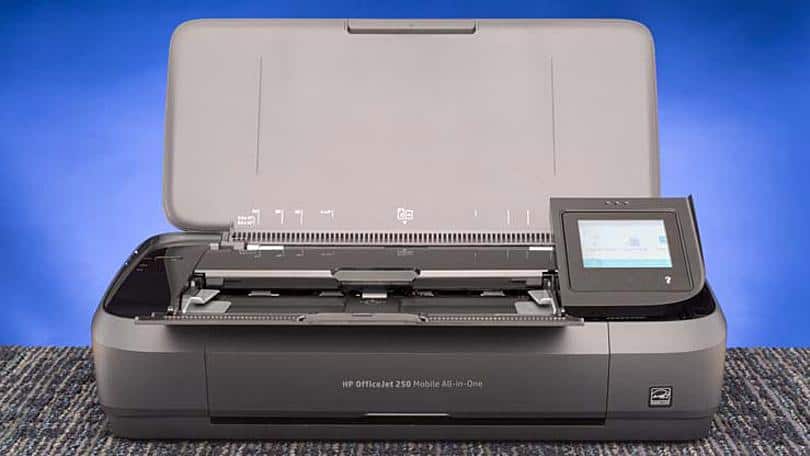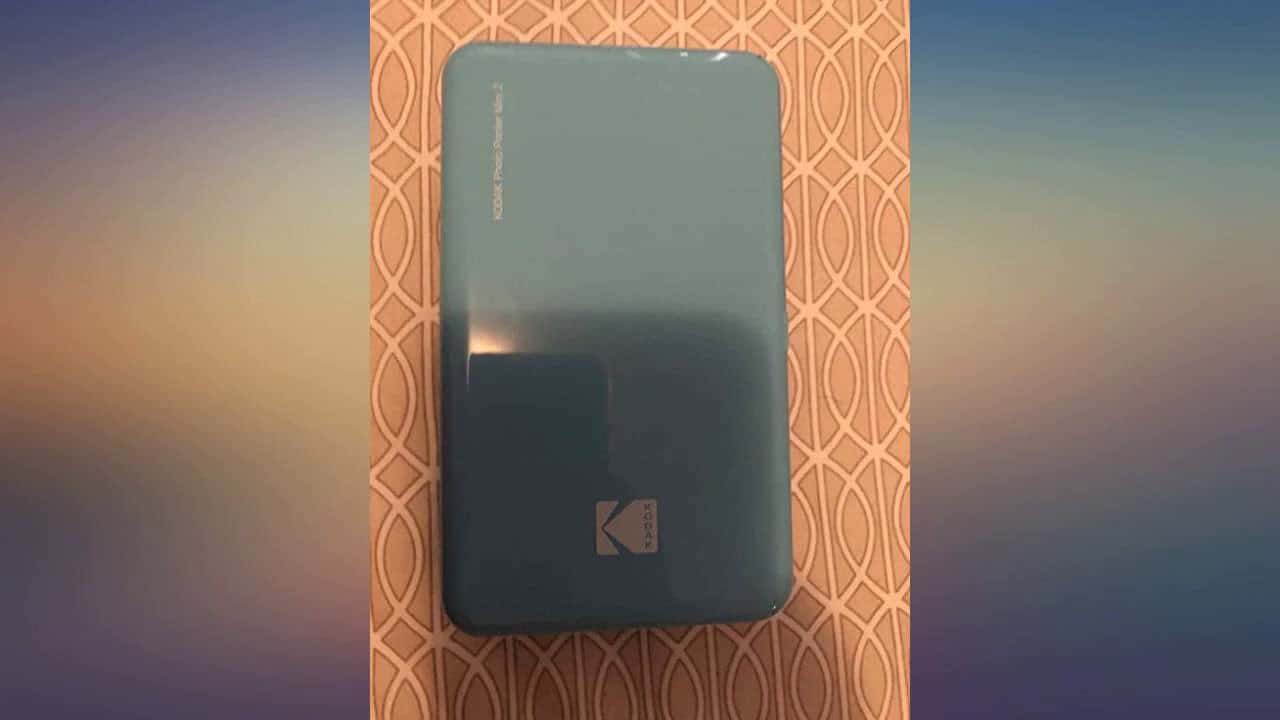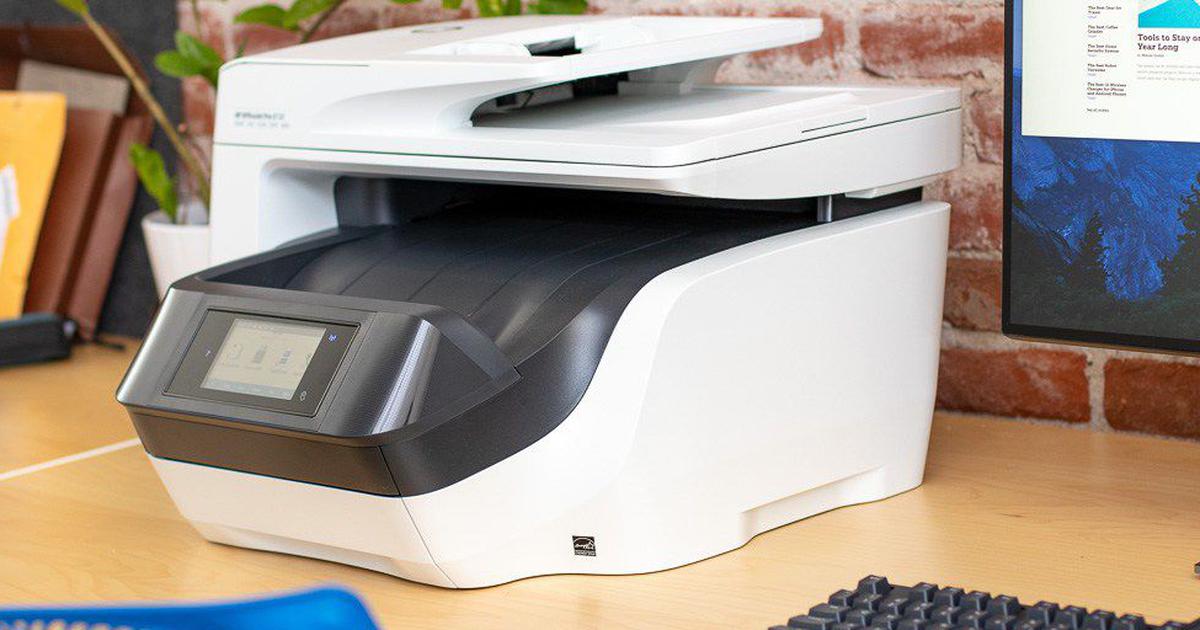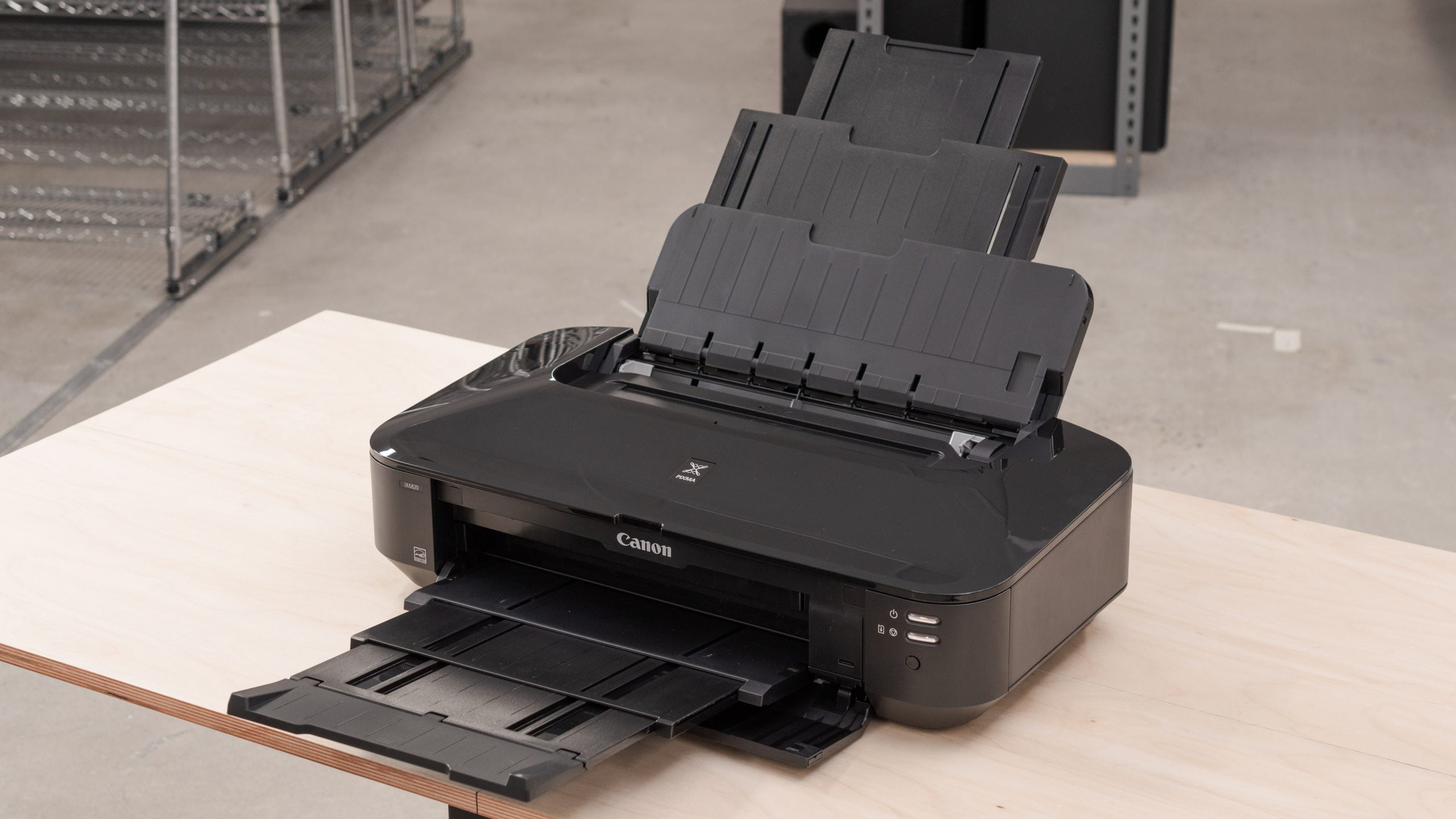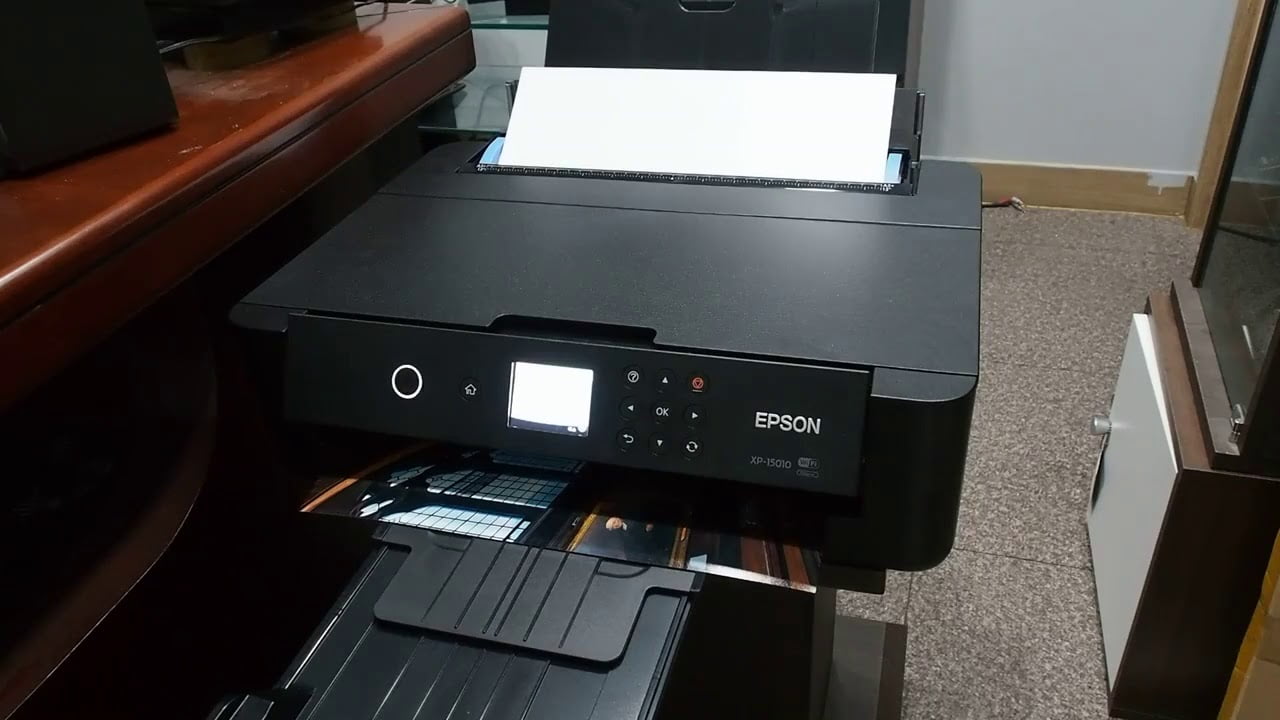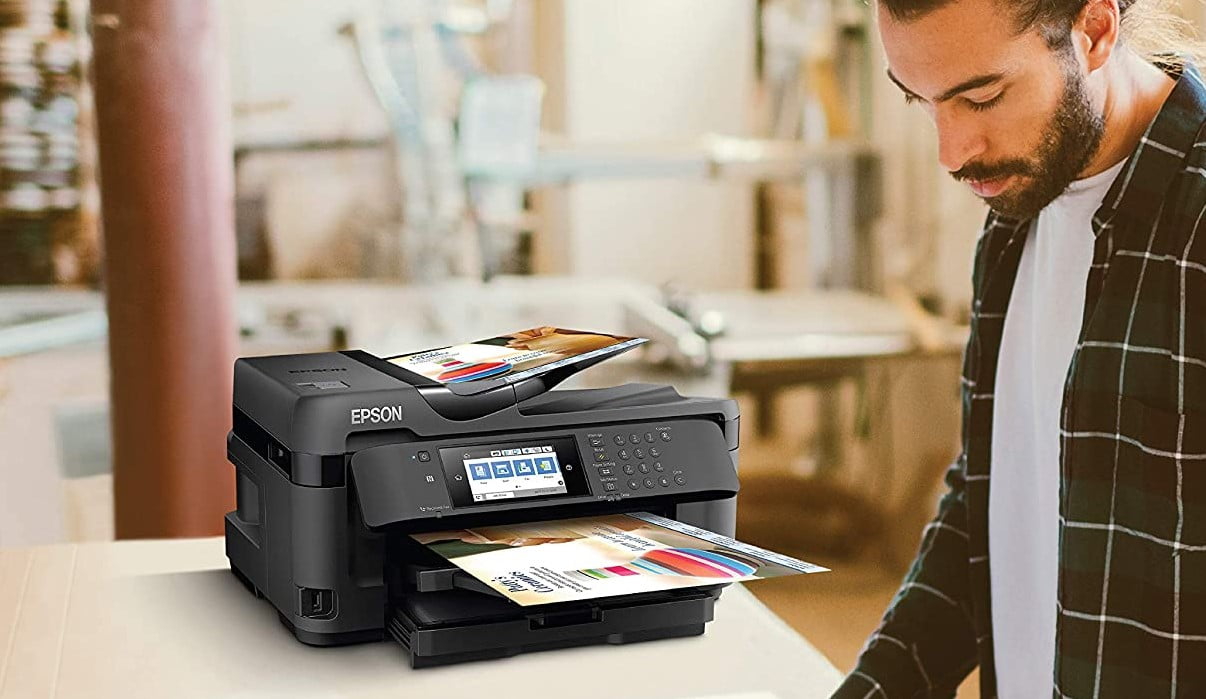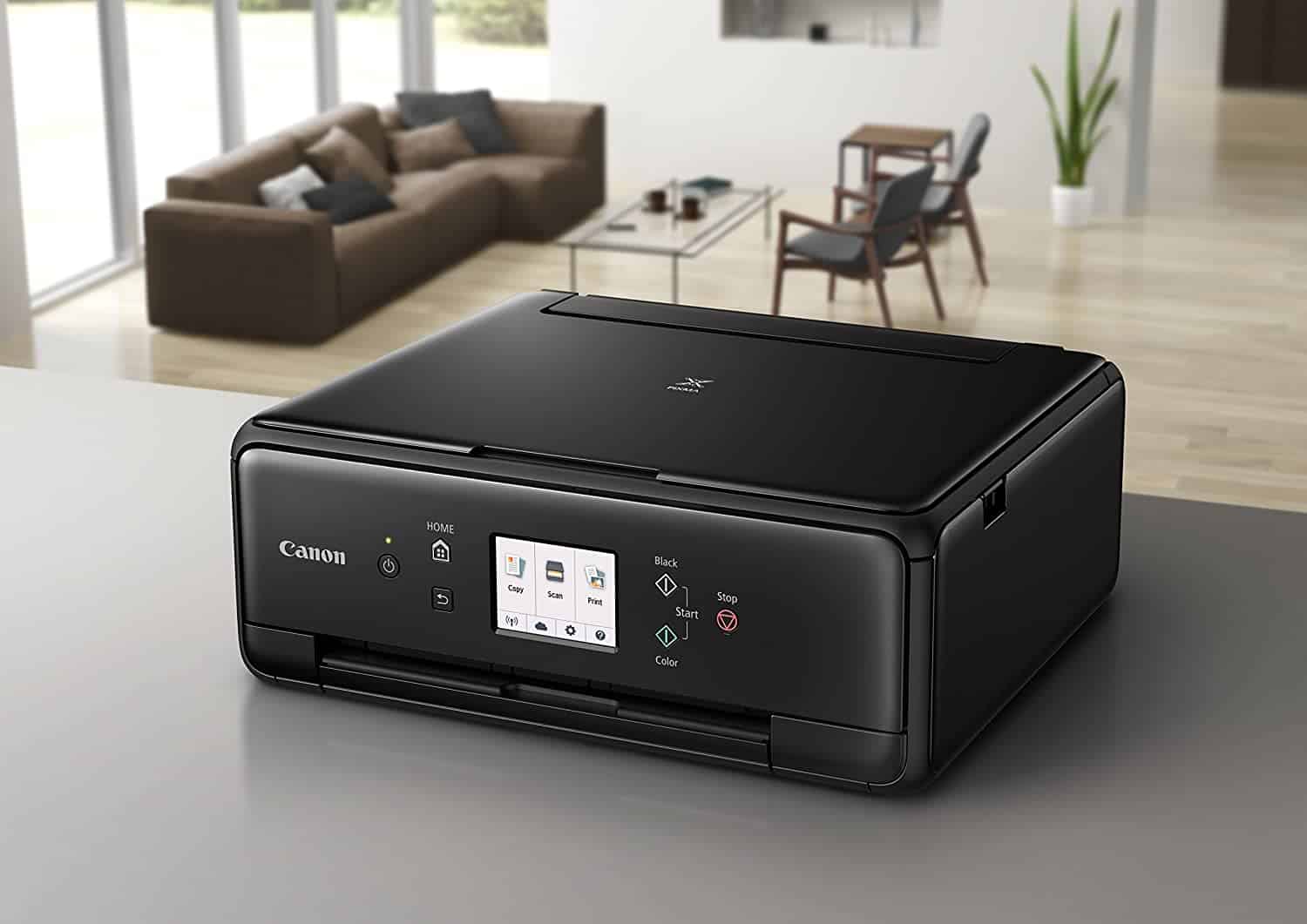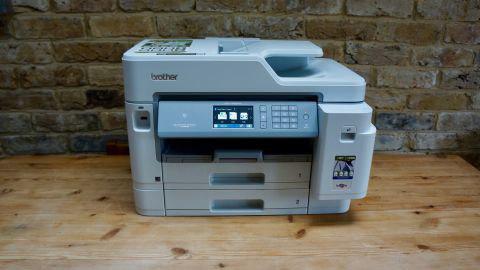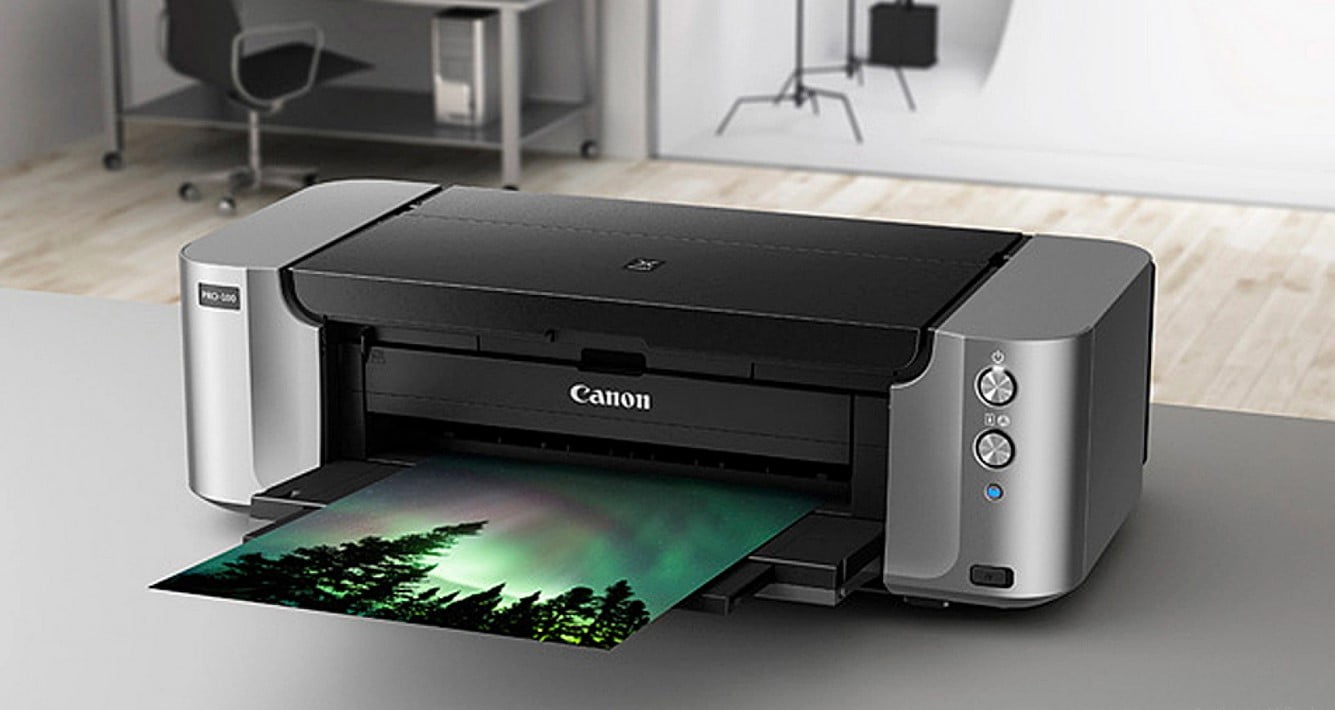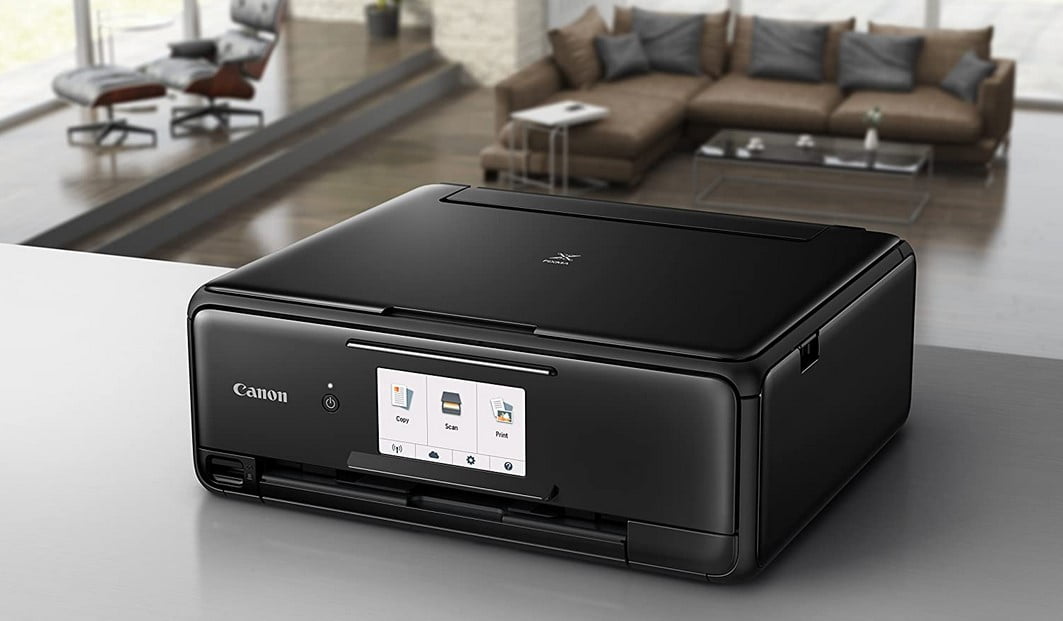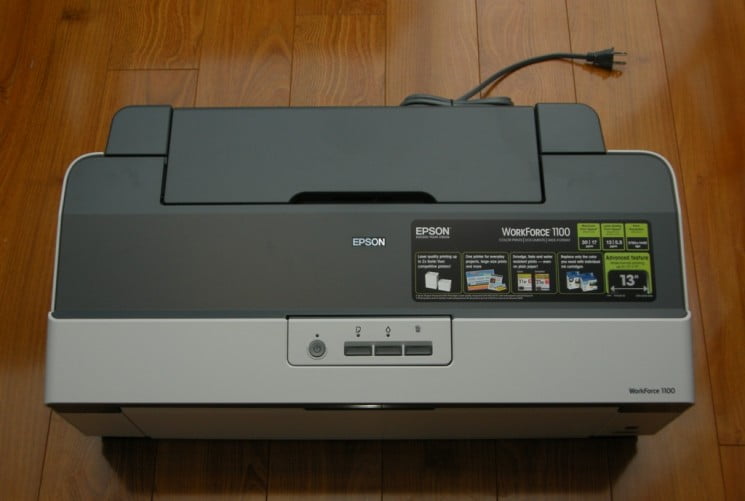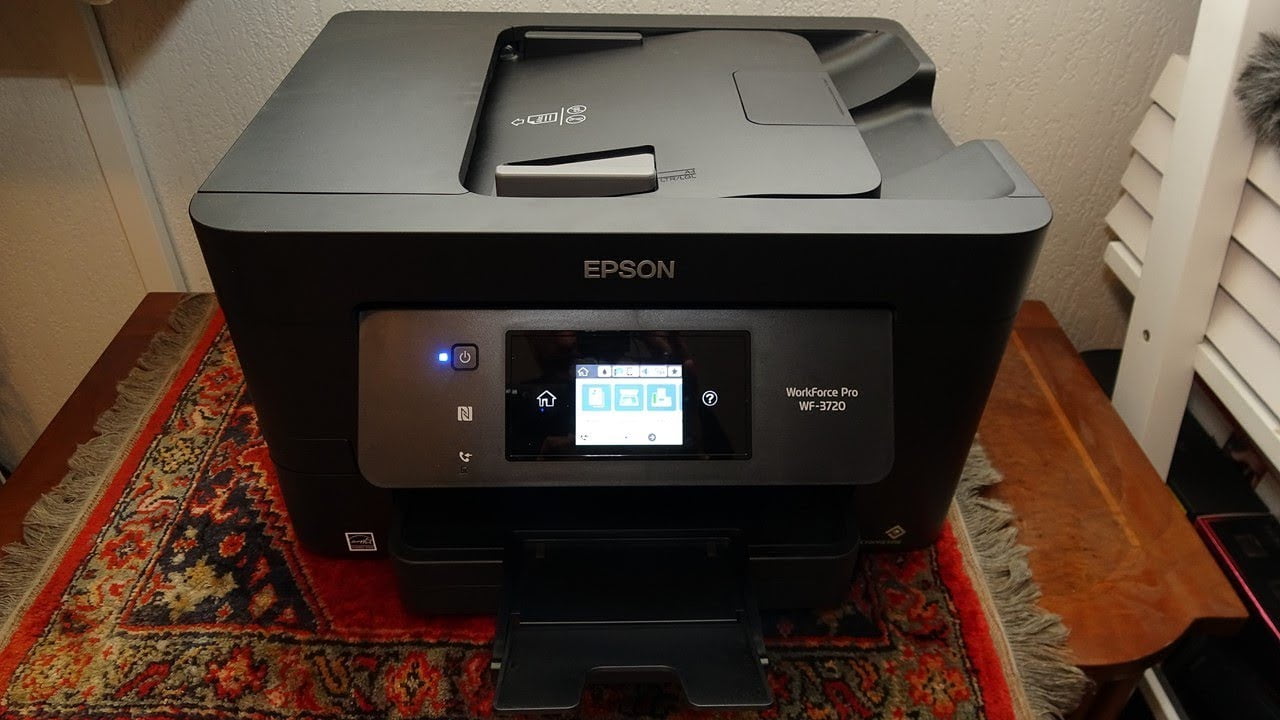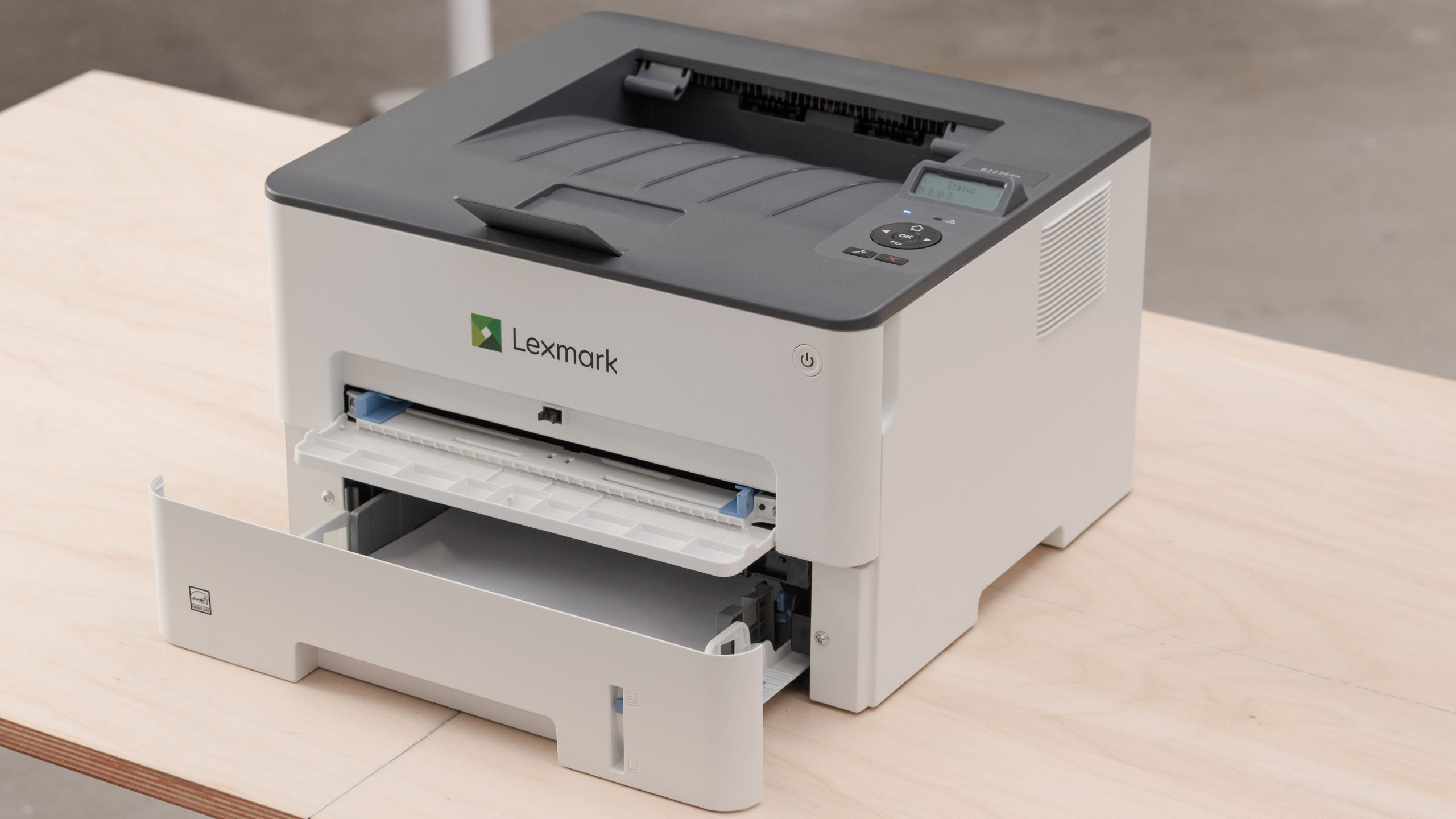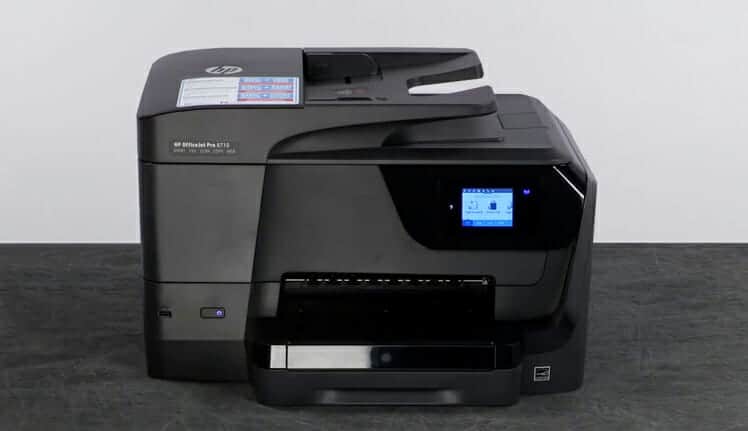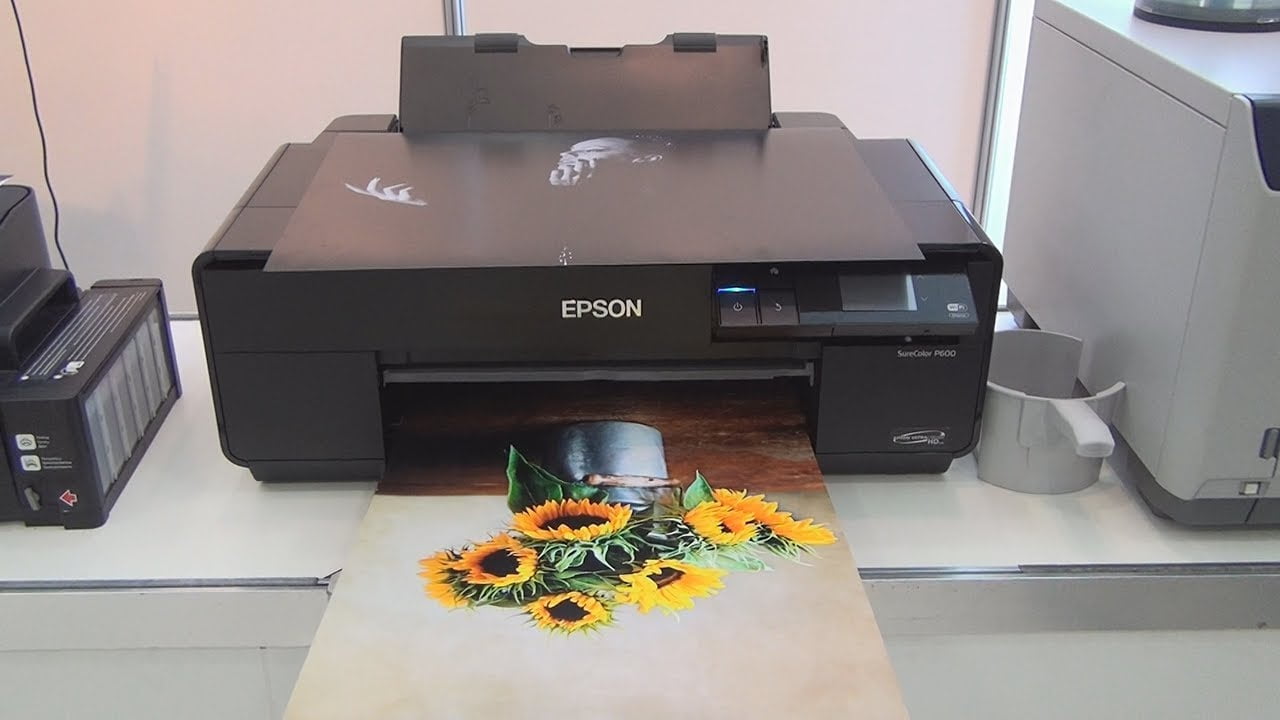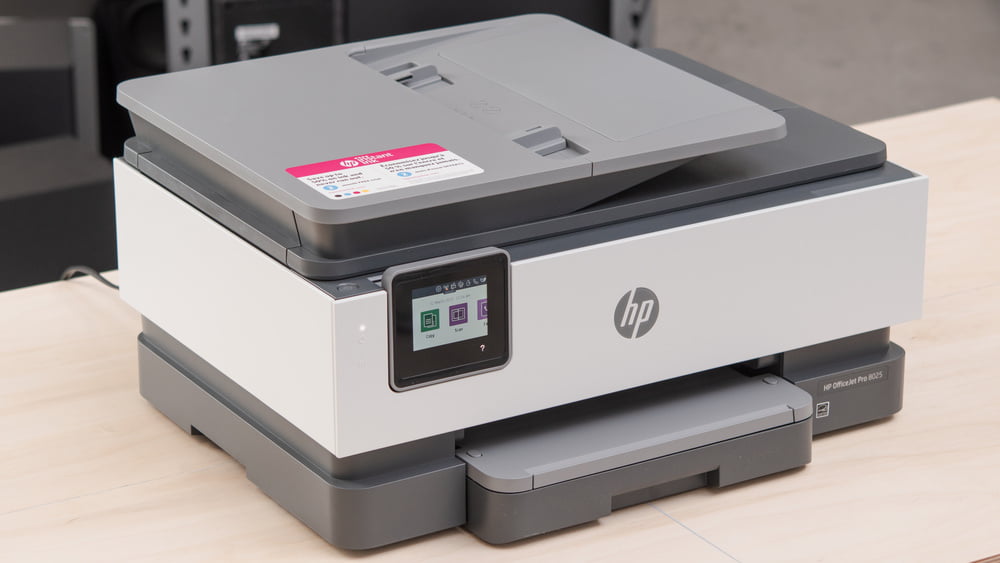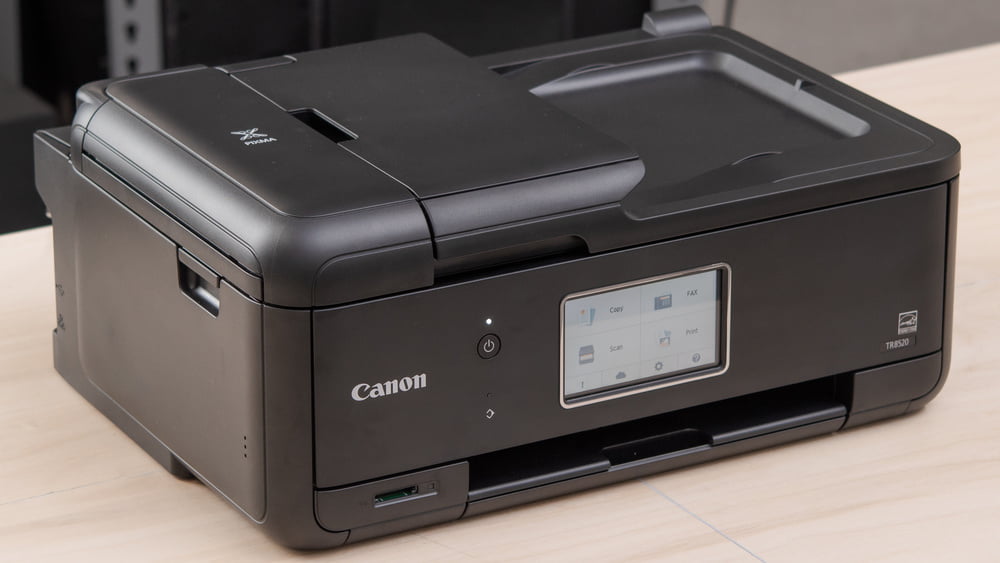Laser printers are commonly found in highly trafficked professional settings, though can recently be found in average bedrooms and home offices. Modern consumers may be wondering exactly how a high-performing laser printer works.
KEY TAKEAWAYS:
- Laser printers are commonly found in highly trafficked professional environments.
- These printers by shaping toner via highly focused laser beams.
- The benefits of using a laser printer include speedier print jobs, improved accuracy when it comes to print jobs, and low toner cartridge replacement costs.
Insider Tip
Laser printers use highly focused beams of light to shape toner released from an integrated toner cartridge.
How Do Laser Printers Work?
Laser printers use highly focused beams of light to shape toner released from an integrated toner cartridge. This toner is shaped into text, images, photos, and whatever else the printer needs to make reproductions of. A computer begins by sending digital information to the laser printer. The printer then cleans the toner drum and develops the toner necessary to complete the printing task. Finally, the highly focused light beam is used to fuse toner fragments together into the required shapes. If you use a laser printer with an ink cartridge, for it to last long, ensure you regularly run the printer’s auto-clean function.
Advantages of Buying a Laser Printer
There are numerous advantages and unique benefits of buying and using a high-grade laser printer. Here are just a few.
Insider Tip
A good laser printer can crank out anywhere from 12 to 20 pages per minute (PPI), which is twice as fast as an inkjet printer.
Blazing Print Speeds
The primary reason you tend to see laser printers in busy office settings is that they are incredibly fast when it comes to completing printing tasks. A good laser printer can crank out anywhere from 12 to 20 pages per minute (PPI), which is twice as fast as an inkjet printer. Lasers and beams of light move very quickly, so the associated printing speed also moves quickly. Laser printers tend to be more expensive than inkjet printers, but that cost has decreased significantly in recent years.
Precise Prints
Another fantastic advantage to choosing a laser printer is the precision on offer when it comes to making high-grade reproductions. Lasers are extremely precise and the finished document will illustrate that precision. Laser beams and highly focused light beams do not vary in diameter, unlike ink, which leads to improved accuracy. The only downside here is that laser printers excel with making precise and accurate monochrome prints, but do not do as well when it comes to making color images. If photo reproductions are your primary concern, choose an inkjet printer.
Reduced Cartridge Replacement Costs
Compared to how inkjet printers work, you will save a lot of money when it comes to replacing necessary cartridges. Toner cartridges tend to last much longer than ink cartridges, due to the aforementioned precision offered by the laser printing process. An ink cartridge could begin to lose steam after just a couple of hundred prints, whereas a toner cartridge will not need to be replaced until it has completed thousands of prints.
Warning
If photo reproductions are your primary concern, choose an inkjet printer.
F.A.Q.
Are laser printers bad for you?
No. Laser printers do interact with static electricity, though there have not been any studies linking static electricity to poor health.
Are laser printers better than inkjet?
That depends on what you are using a printer for. Laser printers are faster than inkjet printers, but inkjet printers are better at making color images.
Who invented the laser printer?
Gary Starkweather (seen here in 2009) invented the laser printer in the 1970s while working for Xerox.
STAT: Toner is 85-95% finely ground plastic. (source)















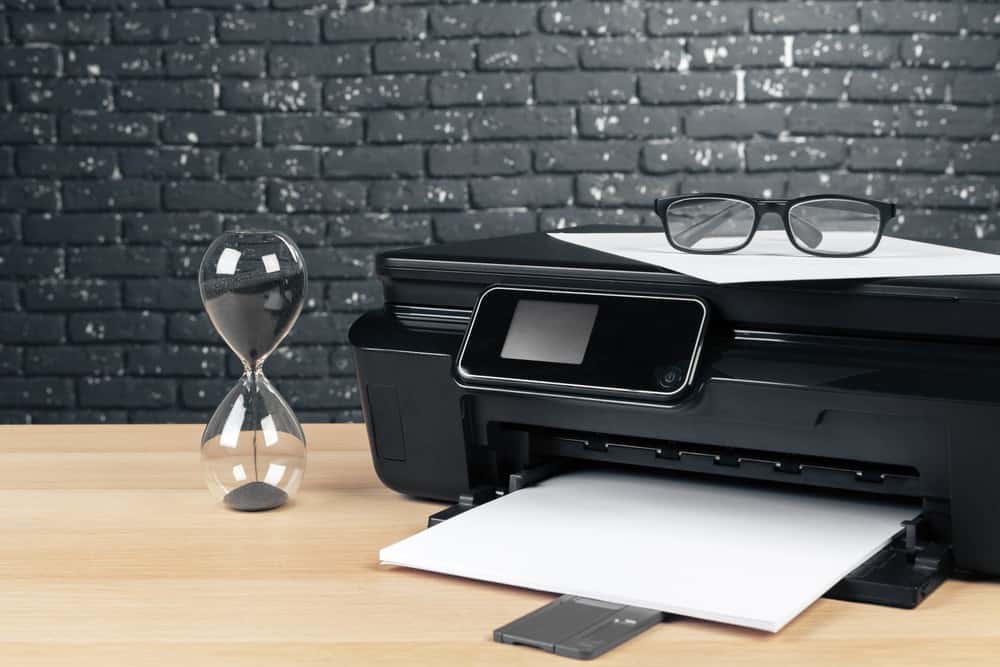
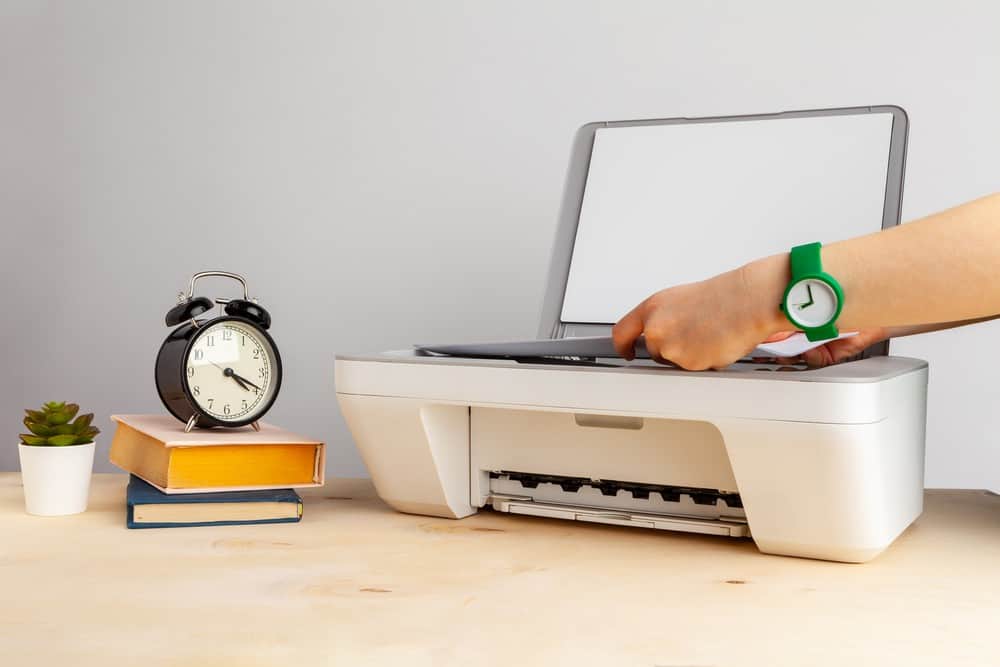
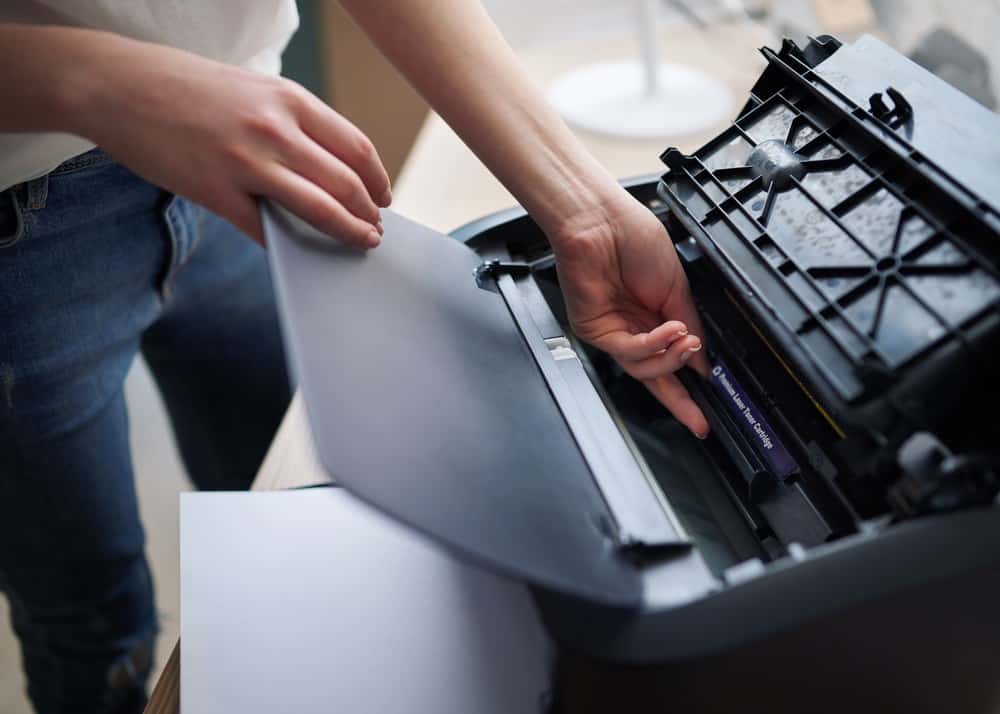
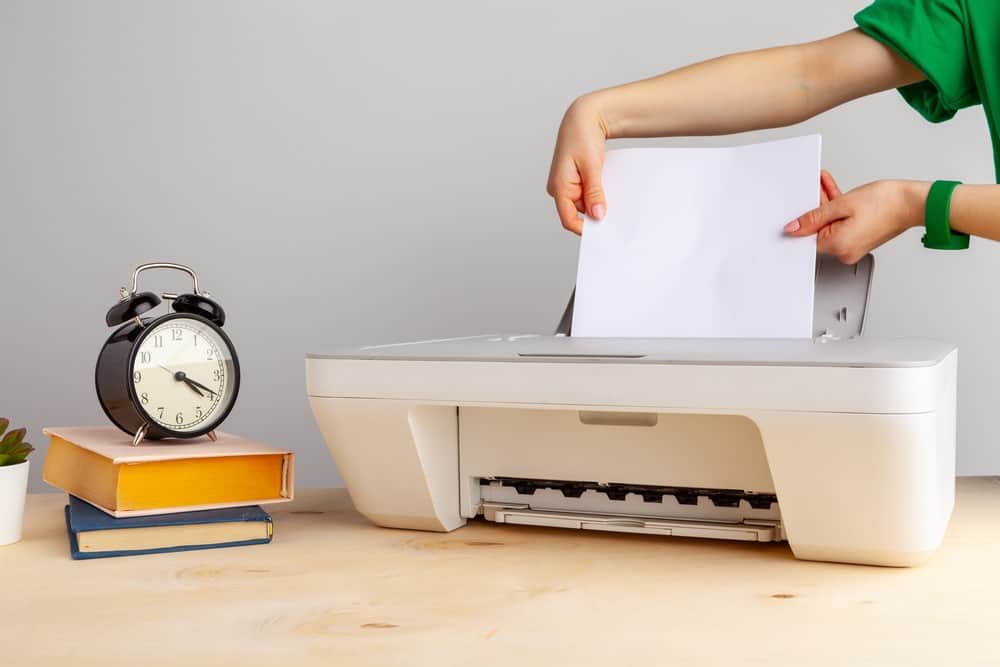
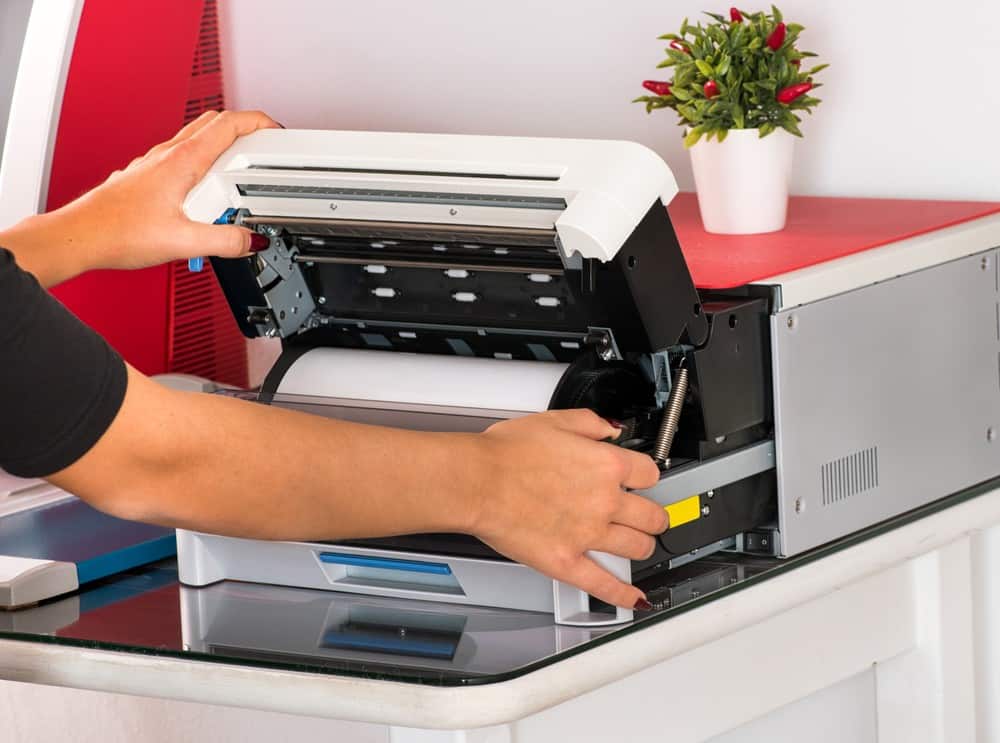
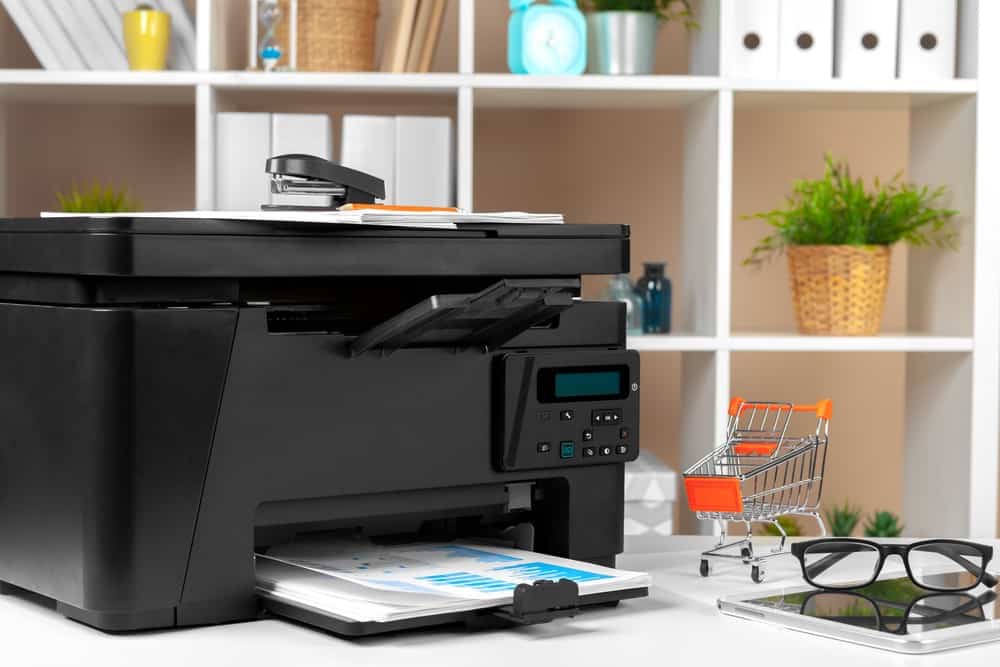
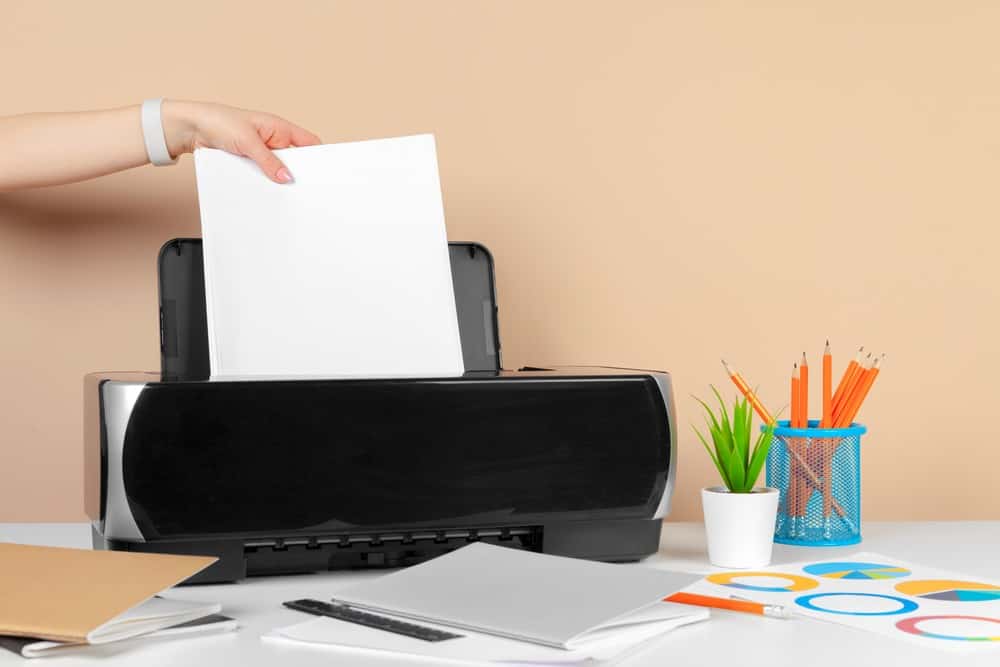

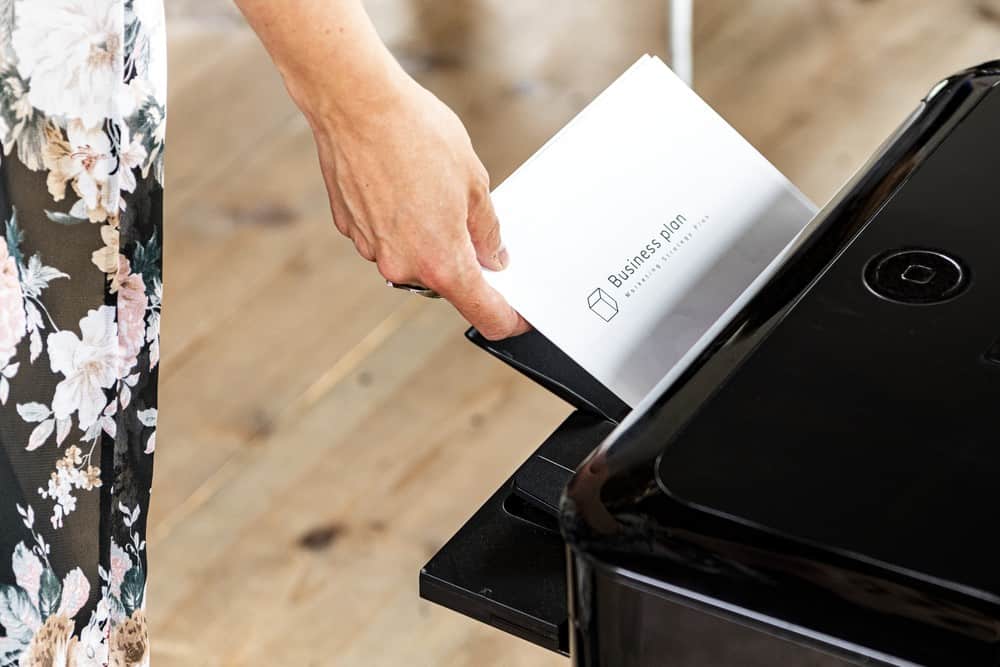
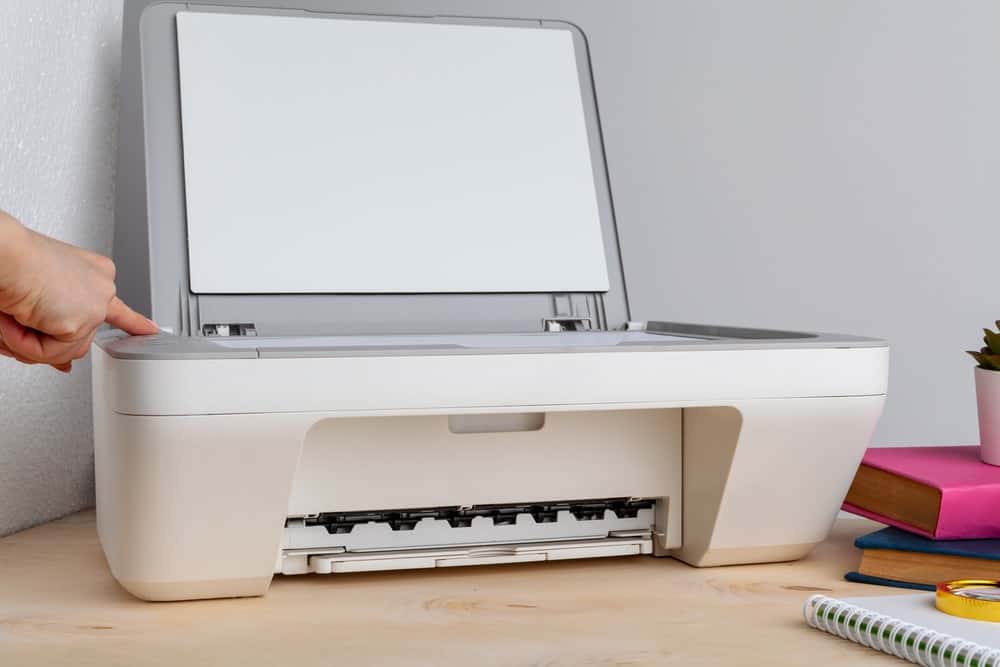
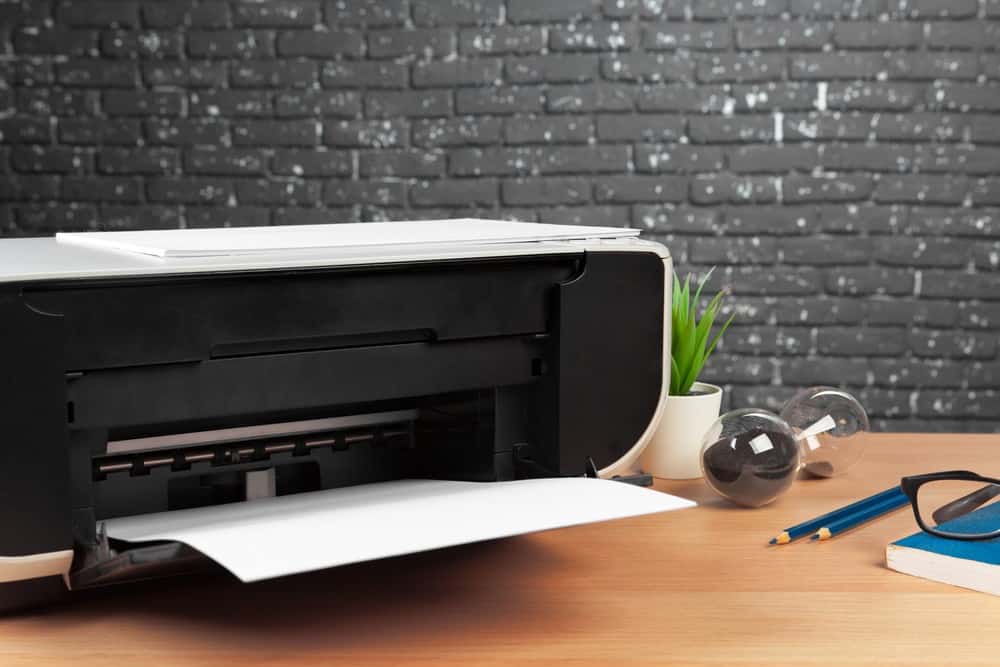
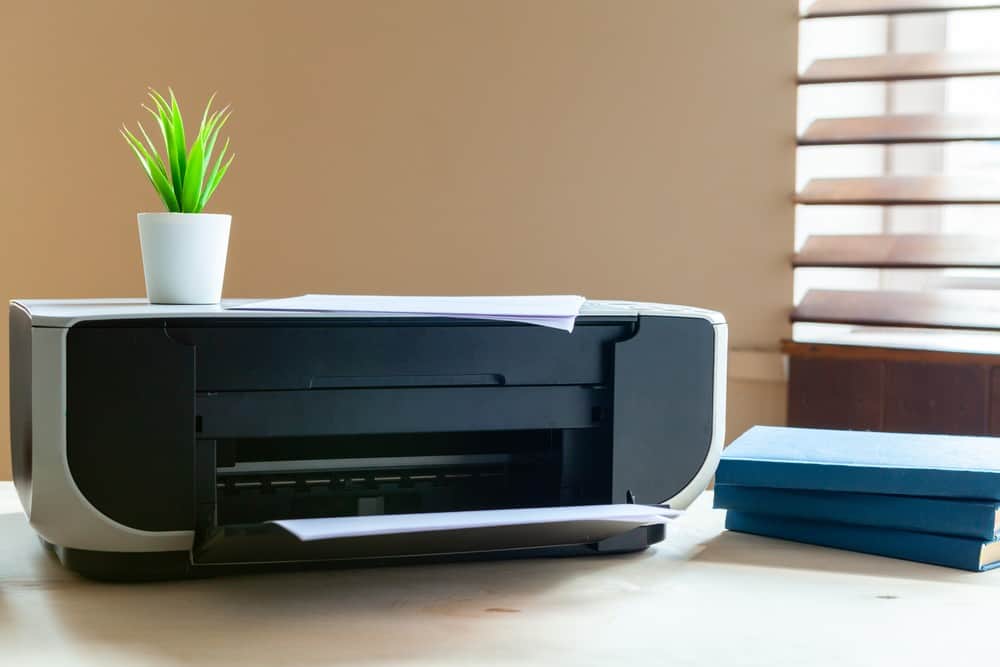
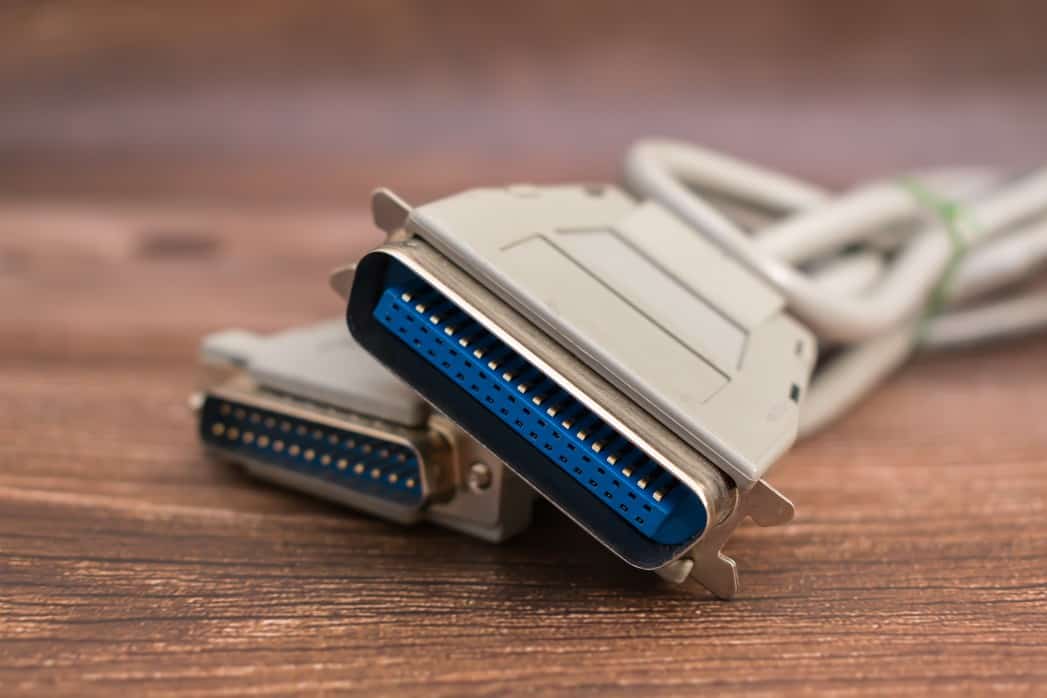
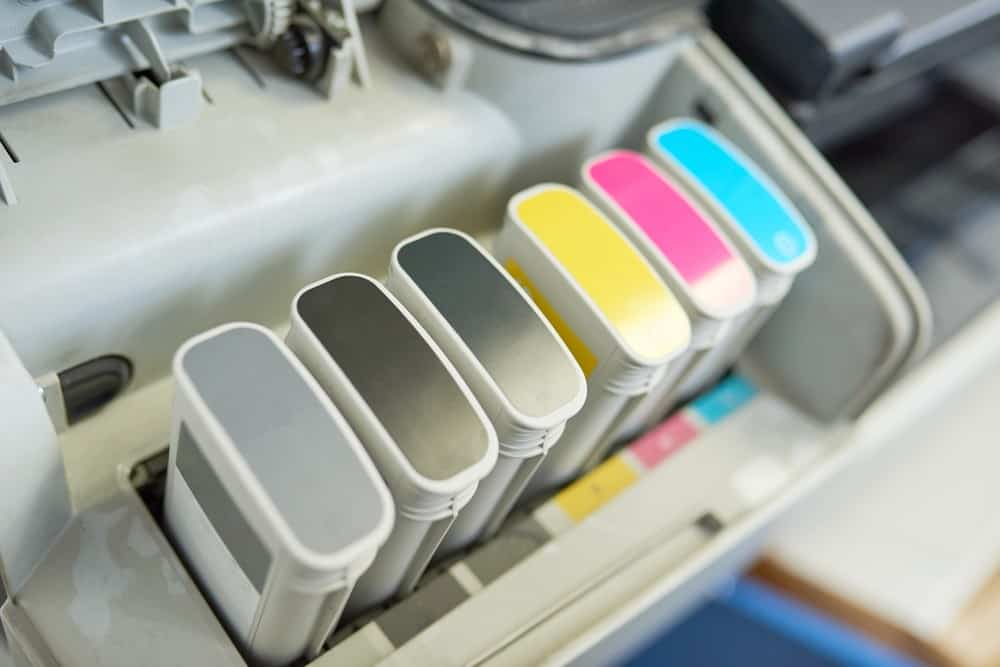


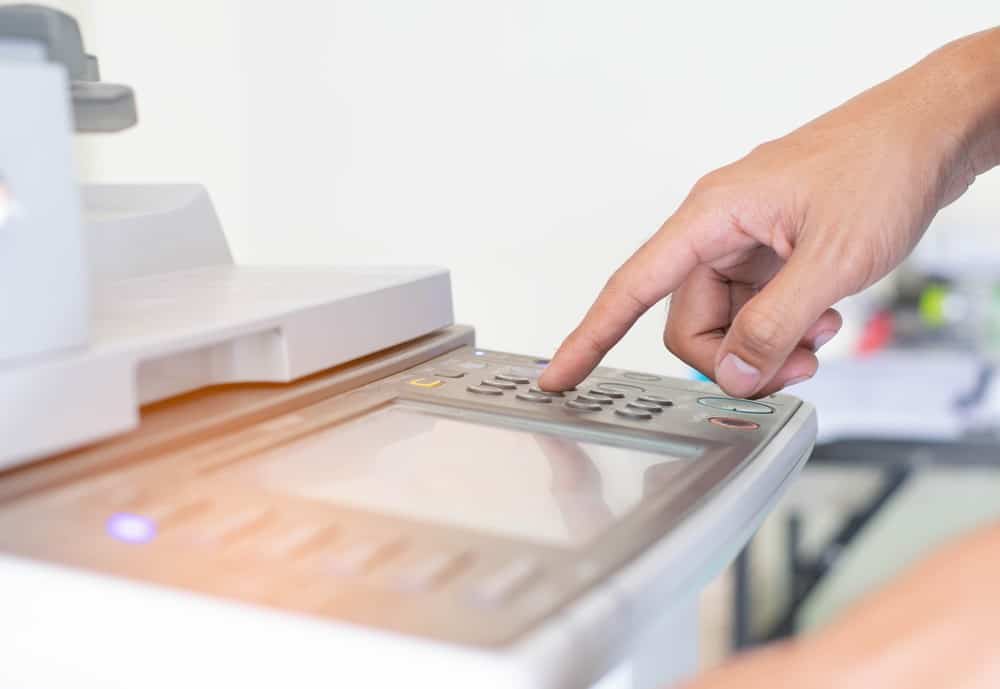
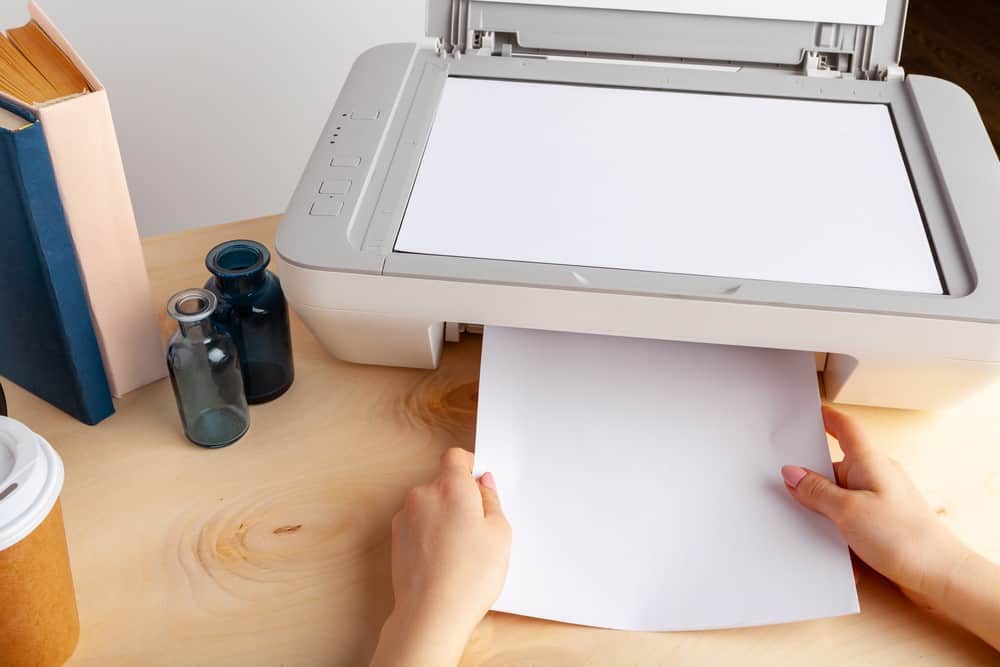

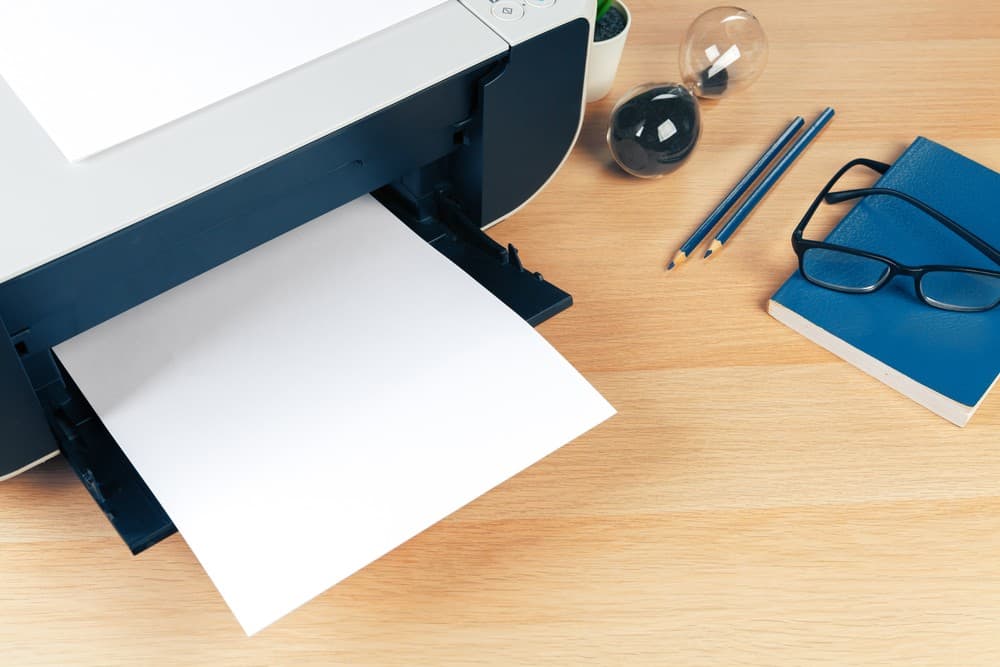
![Best All-in-One Printer in [year] ([month] Reviews) 27 Best All-in-One Printer in 2026 (January Reviews)](https://www.gadgetreview.dev/wp-content/uploads/best-all-in-one-printers.webp)
![Best Home Scanner in [year] ([month] Reviews) 28 Best Home Scanner in 2026 (January Reviews)](https://www.gadgetreview.dev/wp-content/uploads/Canon-TS5120-Wireless-Printer-Scanner-Review.jpg)
![Best BenQ Monitors in [year] 29 Best BenQ Monitors in 2026](https://www.gadgetreview.dev/wp-content/uploads/best-benq-monitor-image.jpg)
![Best Sublimation Printers in [year] 30 Best Sublimation Printers in 2026](https://www.gadgetreview.dev/wp-content/uploads/disable-printer-color-management-image-1.jpg)
![Best Envelope Printers in [year] 31 Best Envelope Printers in 2026](https://www.gadgetreview.dev/wp-content/uploads/best-envelope-printers-imge.jpg)
![Best 3D Printers in [year] ([month] Reviews) 32 Best 3D Printers in 2026 (January Reviews)](https://www.gadgetreview.dev/wp-content/uploads/Zortrax-M200-3D-Printer.jpg)
![Best Barcode Printers in [year] 33 Best Barcode Printers in 2026](https://www.gadgetreview.dev/wp-content/uploads/best-barcode-printers-image.jpg)
![Best Portable Photo Printers in [year] 34 Best Portable Photo Printers in 2026](https://www.gadgetreview.dev/wp-content/uploads/best-portable-photo-printer-image.jpg)
![Best HP Printers in [year] 35 Best HP Printers in 2026](https://www.gadgetreview.dev/wp-content/uploads/best-hp-printers-image.jpg)
![Best Printers for Photographers in [year] 36 Best Printers for Photographers in 2026](https://www.gadgetreview.dev/wp-content/uploads/best-printer-for-photographers-image.jpg)
![Best Printers for Teachers in [year] 37 Best Printers for Teachers in 2026](https://www.gadgetreview.dev/wp-content/uploads/best-printers-for-teachers-image.jpg)
![Best iPhone Photo Printers in [year] 38 Best iPhone Photo Printers in 2026](https://www.gadgetreview.dev/wp-content/uploads/best-iphone-photo-printer-image.jpg)
![Best 11x17 Printers in [year] 39 Best 11×17 Printers in 2026](https://www.gadgetreview.dev/wp-content/uploads/best-11x17-printers-image.jpg)
![Best Printers with Cheap Ink in [year] 40 Best Printers with Cheap Ink in 2026](https://www.gadgetreview.dev/wp-content/uploads/best-11x17-printers-image-1.jpg)
![Best Bluetooth Printers in [year] 41 Best Bluetooth Printers in 2026](https://www.gadgetreview.dev/wp-content/uploads/best-bluetooth-printer-image.jpg)
![Best Receipt Printers in [year] 42 Best Receipt Printers in 2026](https://www.gadgetreview.dev/wp-content/uploads/best-receipt-printer-image.jpg)
![Best Canon Printers in [year] 43 Best Canon Printers in 2026](https://www.gadgetreview.dev/wp-content/uploads/best-canon-printers-image.jpg)
![Best Compact Printers in [year] 44 Best Compact Printers in 2026](https://www.gadgetreview.dev/wp-content/uploads/best-compact-printer-image.jpg)
![Best Printers For Cricut in [year] 45 Best Printers For Cricut in 2026](https://www.gadgetreview.dev/wp-content/uploads/best-printer-for-cricut-image.jpg)


